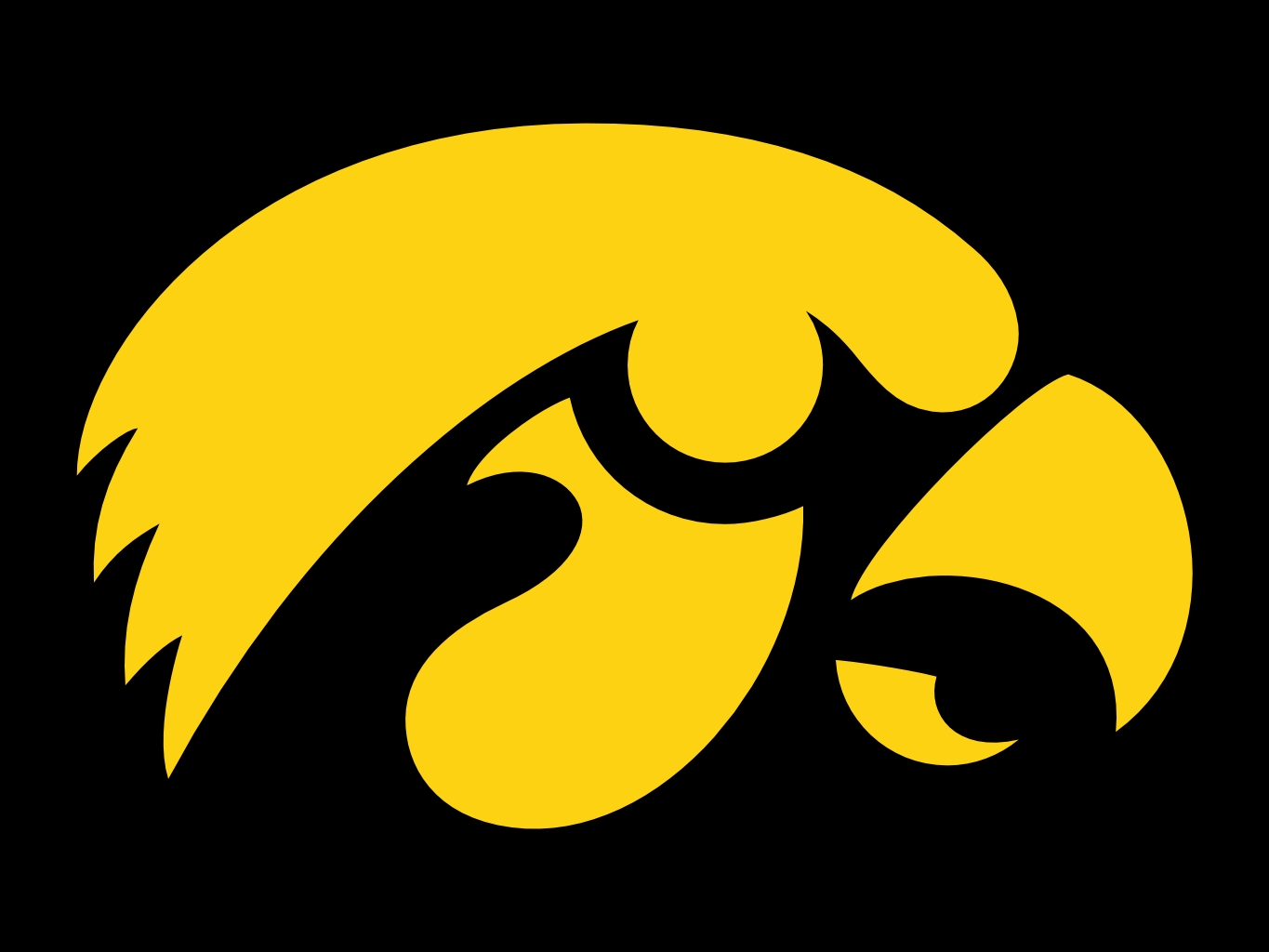Power Ratings
Power Ratings are a pretty simple and standard thing: the likelihood of Team A beating Team B is A/(A+B) where A is Team A's power rating and B is Team B's power rating. If we know Team B's power rating, and the chance that A wins, we can calculate Team A's power rating. For example: say Andy Meisner beats Jimmy Kelly 3 out of 4 times in one-on-one basketball. If we know Jimmy's power rating is 1, then Andy's rating must be 3.
Winning Likelihood
To put power ratings to use however, we need the probability that Team A wins. Because college football teams usually only play each other once, this is rather difficult. To estimate this, my system uses margin of victory. The standard deviation of NFL MoV is 13.6 roughly, and I use similar numbers for college (it depends some on whether a game is high scoring or not, so that defensive teams don't get punished). That means if Team A wins a game by 9 points, it has roughly a 75% chance of winning (9/13.6 gives a z score around .65, which corresponds to about 75% on a bell curve). So if Team A beats Team B 23 to 14, and Team B has a rating of 1, Team A will have a rating around 3.
To take into account the multiple games each team plays, I take the geometric mean of each team's game power ratings. So Team A may have one game rated at 4, and one rated at 9. Overall, Team A's rating will be a 6.
There are a few other tweaks in the formula to limit crazy outliers (limit of being 50 times better than an opponent in a game is one), but the above basically explains the rankings. It cycles through each game played in a season, and then puts out the ratings.
Advantages of the system:
It's all by calculation and theory, there are no constants that were decided just by what looks right, limiting the bias in the system.
It's predictive, so teams with a couple close loses can still rank pretty highly.
It runs well over all 700 odd college football teams, naturally putting FBS teams at the top. Proper stratification indicates it likely does the same where rankings are harder to tell.
Results of future games a very predictable using power ratings. The clever mind can also use the standard deviation to create odd lines and try to win some money. This is not recommended though.
Disadvantages of the system:
It does a poor job looking back at games, losers of head to head games can often be ranked ahead of winners.
Big wins often have too large of an impact on the rankings, so teams like Texas A&M that can explode are occasionally over rated.
The limit made necessary by the above drawback makes it hard for teams like Oregon to represent themselves against teams like Portland State. I suppose that's what they get for scheduling cupcakes. No offense Portland State.
Points Line System:
The Points Line System is a simpler rankings system and less theory based, but it does give predicted scores. The Off column is a team's offensive rating, and Def is a team's defensive rating. To predict a score of a game, you take Team A's offensive rating, and add Team B's defensive rating to get Team A's score. Doing the same for Team B's score gives a projected game score. To compensate for home field, add two points to the home team and take two from the road team. To get just a line, subtract Team B's total rating from Team A's, and add four points to the home team. Here's an example of projected score:
| 1 | Stanford | 71.106 | 52.755 | -18.35 |
| 5 | Oregon | 66.605 | 47.141 | -19.464 |



No comments:
Post a Comment